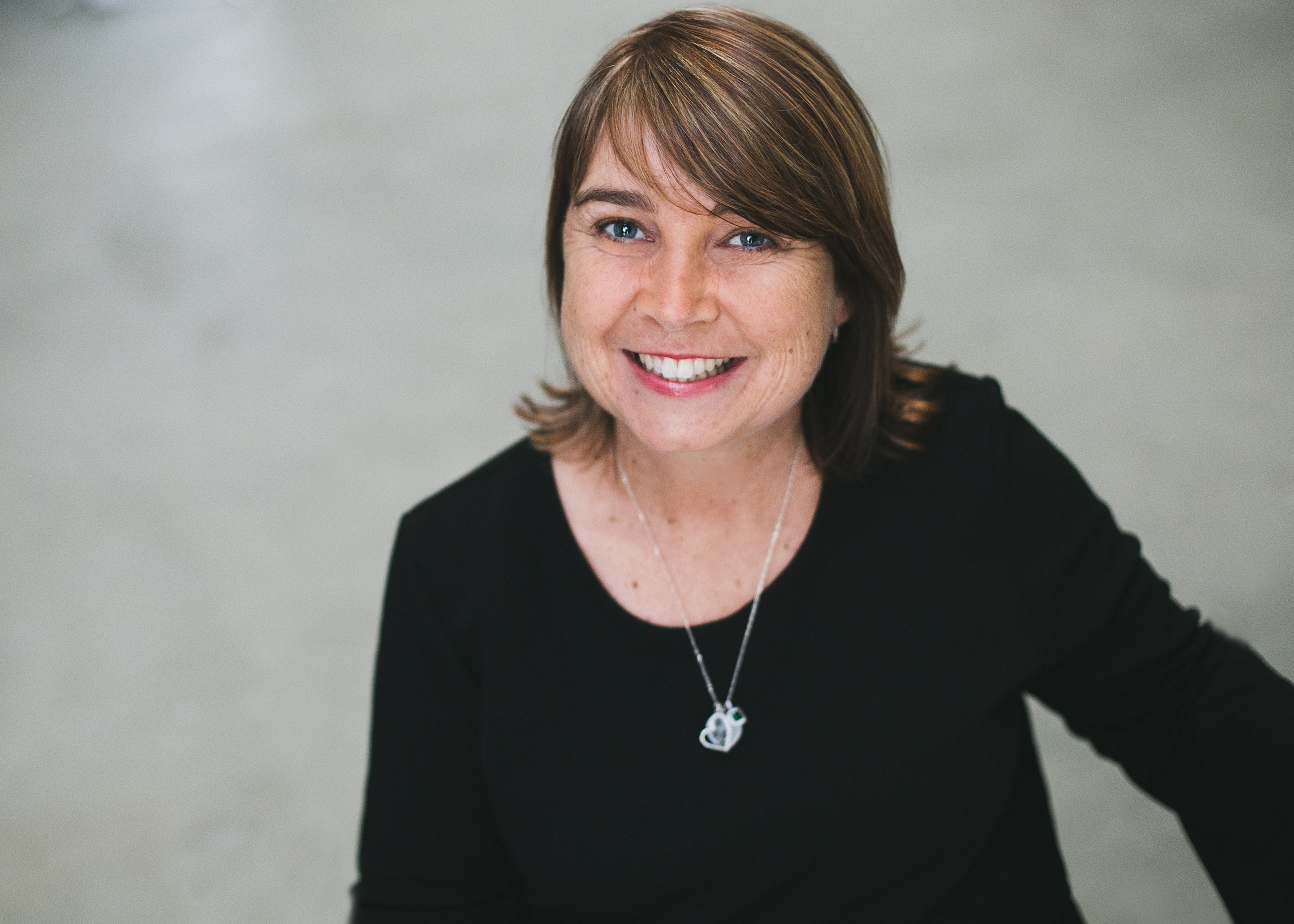Balancing technology requirements and workforce needs in the aged care sector
Your choice of human capital management (HCM) systems can impact your workforce and business goals. Here’s how aged care providers can find the balance between embracing new technology and upskilling an already overwhelmed workforce.

Table of Contents
Many technology solutions are available to support aged care organisations across different functions, including clinical care, HR, payroll, client management, finance, reporting, and analytics. Each system has its own merits in helping aged care providers meet an ever-increasing number of compliance obligations and increase efficiency by moving from certain complex manual processes to automated ones.
Technology, however, whilst familiar to some, can be foreign to others. The aged care workforce comprises people from diverse regions, backgrounds, and experiences, and technological skill levels vary across the industry.
Dayforce’s 2023 Executive Survey highlights the growing complexity crisis that businesses across industries face today and how these complexities may limit their organisation’s ability to achieve its goals in the next year. The top workforce challenge cited by Australian and New Zealander survey respondents was employee engagement and retention (55%), followed by labour and skills shortages (50%) and increasing compliance and regulatory complexity (48%).
While these workforce challenges are relevant to the aged care industry, incorporating new technology adds another layer of complexity. Aged care providers should consider strategies to gain the full benefits of updating their systems and processes without negatively impacting an already limited pool of overwhelmed workers.
Managing change and resistance to new technology
The right HCM solution should make it easy for users to adopt. In our experience, aged care providers need intuitive software with a simple, visual user interface to increase adoption and reduce friction.
Many software providers are already rising to meet these needs, but it’s not just about looking for a usable and visually appealing HR system. Systems that help improve aged care workers lives at work have the greatest impact. For example, providing employees self-serve access to their leave benefits and shifts can help them manage balances while reducing HR’s workload.
Another way HR technology can improve the employee experience is by reducing the organisation’s reliance on paper. Sector regulations are continuously evolving, and relying solely on paper is becoming risky and untenable. This manual culture has an influence on everything, from hiring and training processes to the amount of time spent on administrative tasks and the amount of double handling.
Louise Shields, Organisational Development Manager at Lutheran Aged Care Albury, shared her organisation’s experience in a Dayforce webinar: “We got to a point where we could no longer accept that this culture [with paper] was a reliable best practice, nor was it a single source of truth. There was simply too much risk in this way of doing business. And it was stunting the development of our staff’s IT skills and creating a negative mindset about technology.”
Streamlining processes for new hires and existing staff also has a positive impact on the delivery of care. Shields explains, “People arrive on the floor more quickly because they can clock on and off [from] their devices. New starters have been able to complete a lot of their essential training on the first day. So, we are not only getting new starters on the floor quicker, they’re also more prepared for those essential elements of their role.”
Building technology skills
Focusing on proactive upskilling and reskilling is a key element to engaging the workforce. In the 2023 Executive Survey, 32% of the respondents in Australia and New Zealand indicated that technology skills are among the top skills their organisations lack.
Aged care providers should focus on what their workers want and need when implementing new technology. The goal of HR technology projects is to not just improve efficiencies, but to make their workforce’s lives easier so they can focus on delivering quality care to the residents instead of being bogged down with cumbersome processes.
Showing them how using technology can benefit their day-to-day lives can help organisations attract and retain workers who are willing to take on technology training.
Finding the right software fit
The varying levels of tech skills across the aged care industry workforce can make it challenging to adopt new technology. Businesses in the industry risk ongoing turnover if this aspect is ignored. Here are some tips to help aged care providers find a balance between technology requirements and business needs:
1. Involve employees and stakeholders:
To understand what really matters to them, employees need to be involved in the decision-making process, especially for something that will impact their daily work lives. Meeting with key leaders and teams to understand their challenges and what would improve the experience can help in the software selection process. Getting regular feedback on how they use the system can also help in identifying gaps and improving processes.2. Think scalability:
It’s easy to choose individual solutions to solve individual problems. However, the aged care sector is changing and will continue to change, so it’s important to look at your system as something that can help address workforce challenges not just today but also in the future.3. Engage with the right partners:
Your choice of partner to support your specific business needs and outcomes is helpful to the success of finding the right software fit.Look for partners who:
-
Understand your industry: Seek partners with in-depth knowledge of your specific business sector.
-
Relate to operational needs: Consider partners who can understand the operational requirements of your business, from administration team members to Board members.
-
Advocate for your best interests: Choose partners who will act as your advocates, helping ensure your needs drive outcomes.
With the right strategies, aged care organisations can maximise the value of their investment and help make work life better for their employees. This, in turn, allows staff to concentrate on providing quality care to their residents without feeling overwhelmed.
Discover why supporting your workforce’s well-being and development helps lead to better patient care in our guide, Building a next-gen healthcare workforce.
You may also like:
Ready to get started?

